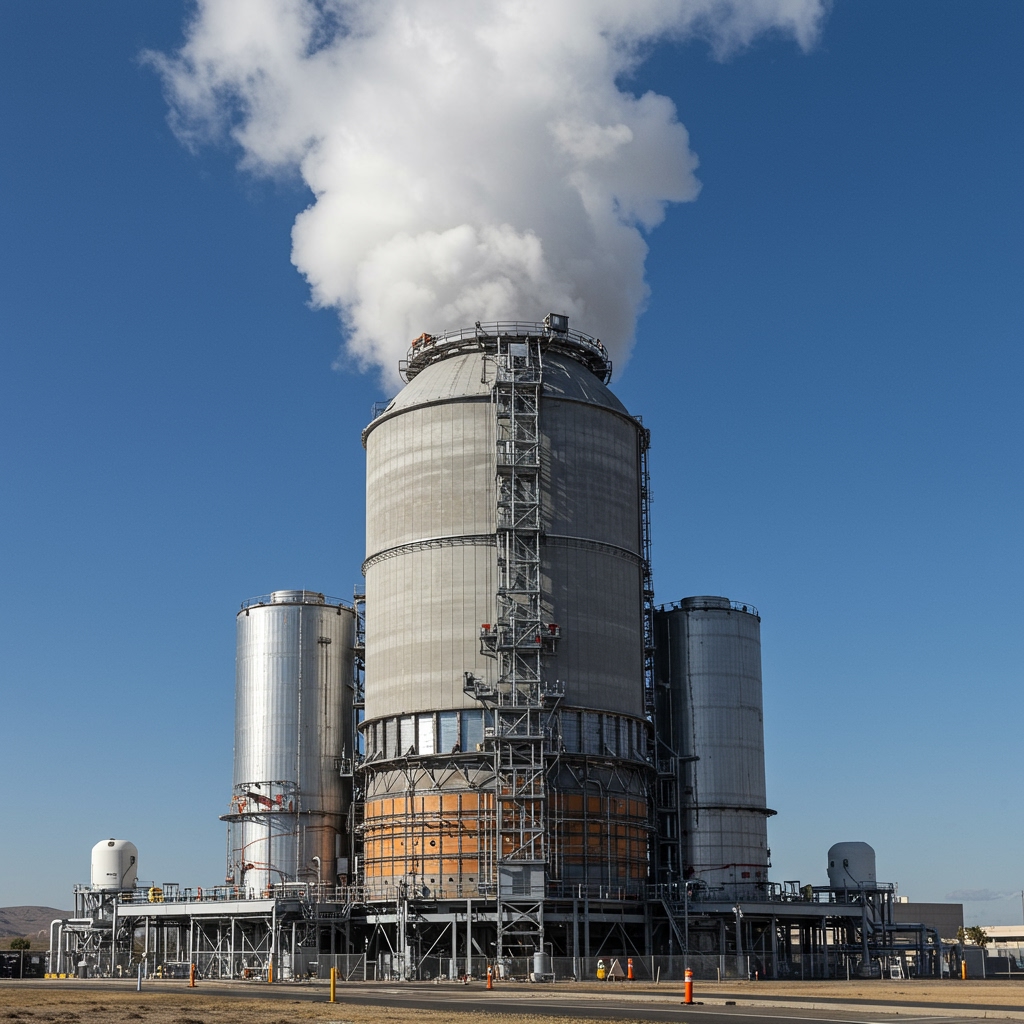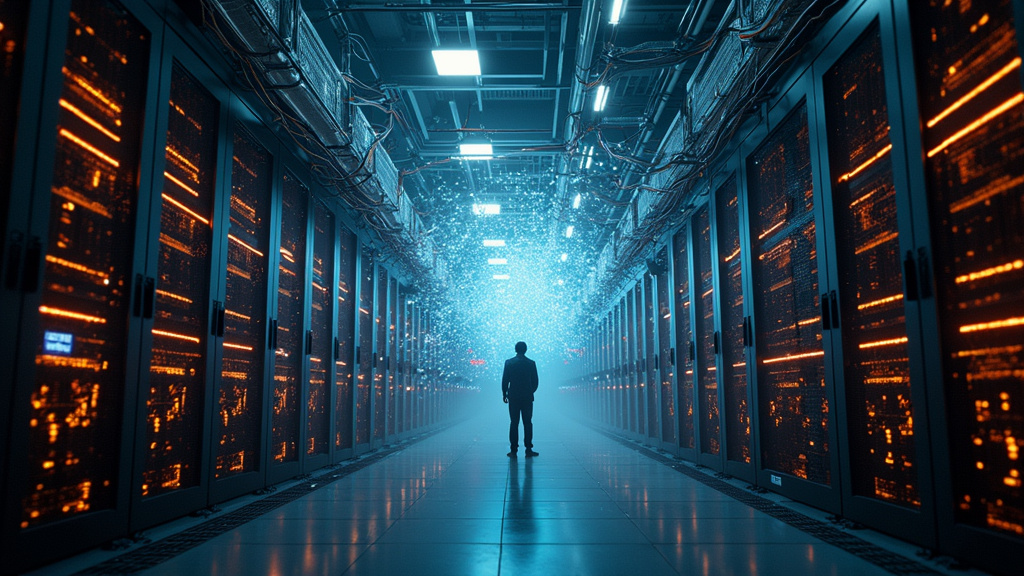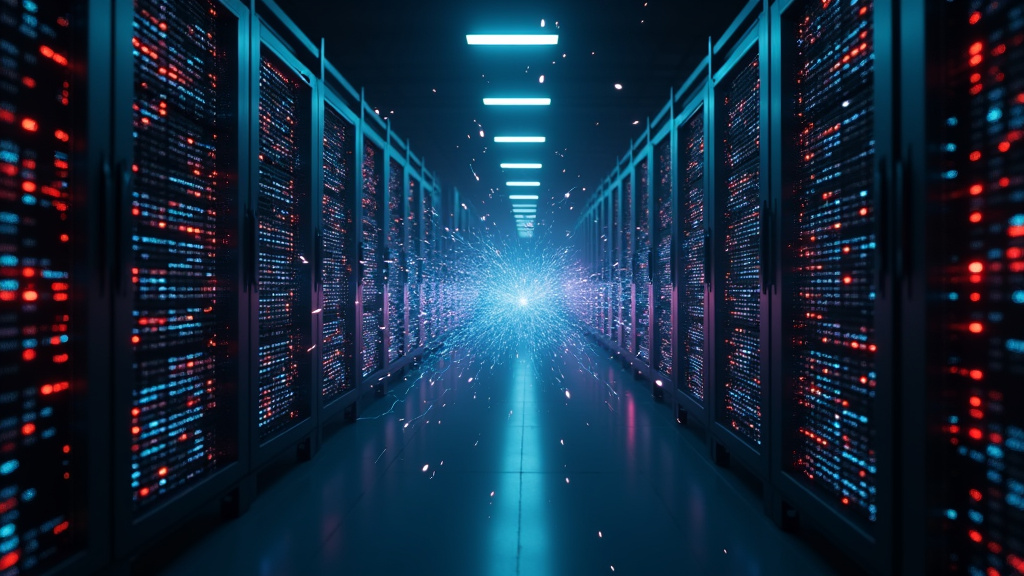Landmark Fusion Breakthrough Announced by Global Energy Initiative
The Global Fusion Energy Initiative (GFEI), a major international collaboration dedicated to unlocking the potential of clean, virtually limitless energy through nuclear fusion, announced today a truly significant milestone in fusion power research. The announcement, eagerly anticipated by the global scientific community and energy sector stakeholders, details a critical achievement at their cutting-edge experimental facility situated near Geneva, Switzerland.
Researchers operating the advanced reactor system at the GFEI facility successfully achieved a sustained net energy gain reaction. This means, for a continuous period, the fusion process within the reactor produced more energy than was required to initiate and maintain the reaction itself. Crucially, this state of net energy gain was sustained for an unprecedented duration of over 60 seconds. While previous fusion experiments have momentarily achieved net energy gain, maintaining it for such an extended period represents a substantial leap forward in controlling the complex plasma conditions necessary for viable fusion energy.
The Significance of Sustained Net Energy Gain
Achieving net energy gain is the holy grail of fusion research, marking the point where a fusion device transitions from a scientific experiment into a potential power source. However, achieving this fleetingly is not sufficient for practical energy generation. For fusion power to be commercially viable, reactors must be capable of maintaining these conditions stably and for prolonged periods, ultimately aiming for continuous operation.
The 60-second duration reported by GFEI is not merely a technical record; it signifies a profound improvement in understanding and controlling the extremely hot plasma where fusion reactions occur. The plasma within a fusion reactor reaches temperatures far exceeding those found in the core of the sun, making it incredibly challenging to contain and stabilize. The GFEI team’s success in maintaining a state of net energy gain for over a minute demonstrates enhanced command over magnetic confinement techniques and plasma dynamics.
This prolonged stability is a critical step towards the feasibility of future fusion power plants. It indicates that researchers are gaining the ability to manage the complex interplay of forces and instabilities within the plasma, a prerequisite for building reactors that can operate reliably and efficiently for grid-scale energy production.
GFEI’s Role and the Path Forward
The Global Fusion Energy Initiative is a consortium of leading nations and research institutions, pooling resources, expertise, and facilities to accelerate the development of fusion energy. Their facility near Geneva, Switzerland, is one of the world’s foremost centers for fusion research, equipped with advanced tokamak technology designed to explore and push the boundaries of plasma physics and fusion engineering.
The details of this breakthrough are expected to be presented in a forthcoming paper, which will undergo peer review and provide the scientific community with the comprehensive data and analysis behind the GFEI’s claims. The publication is highly anticipated, as it will allow researchers worldwide to evaluate the methodology and results, potentially informing and accelerating parallel efforts in fusion research globally.
This development significantly accelerates hopes for deploying pilot commercial fusion reactors. While the GFEI announcement is a monumental step, translating this experimental success into commercially viable power plants remains a formidable challenge. Technical hurdles still include developing materials capable of withstanding the intense conditions within a fusion reactor over long periods, designing efficient systems for extracting the generated heat and converting it into electricity, and scaling up the technology to industrial levels.
Towards Commercial Reactors in the 2030s?
The success of sustaining net energy gain for over 60 seconds strengthens the possibility of seeing pilot commercial fusion reactors potentially operational as early as the 2030s. This timeline, while ambitious, is now viewed with renewed optimism by experts in the field.
However, the path to commercialization is not solely technical. Substantial economic hurdles must also be overcome. The initial investment required to build fusion power plants is expected to be considerable, and the cost of electricity generated must be competitive with other energy sources. Developing efficient manufacturing processes and supply chains for fusion technologies will be crucial for reducing costs.
Despite these remaining challenges, experts across the energy landscape are hailing this GFEI achievement as a pivotal moment in the quest for clean, abundant energy. Fusion power, if successfully developed and deployed, offers the potential for a nearly inexhaustible energy source with minimal carbon emissions and no long-lived radioactive waste, presenting a compelling solution to global energy and climate challenges.
The sustained net energy gain demonstrated by GFEI represents a tangible step forward, transforming theoretical possibilities into engineering realities and bringing the prospect of a fusion-powered future closer than ever before.





